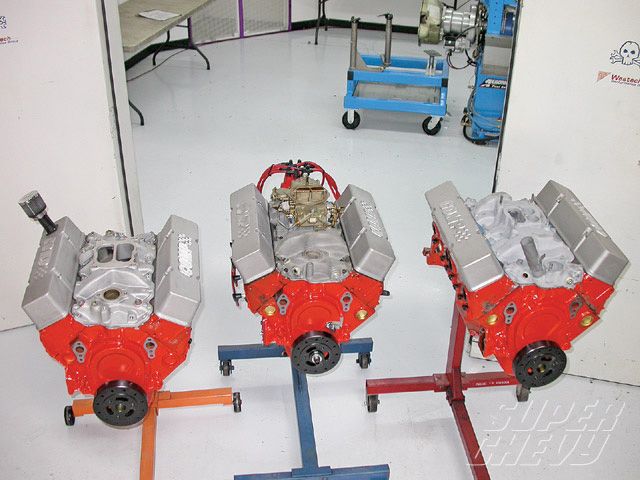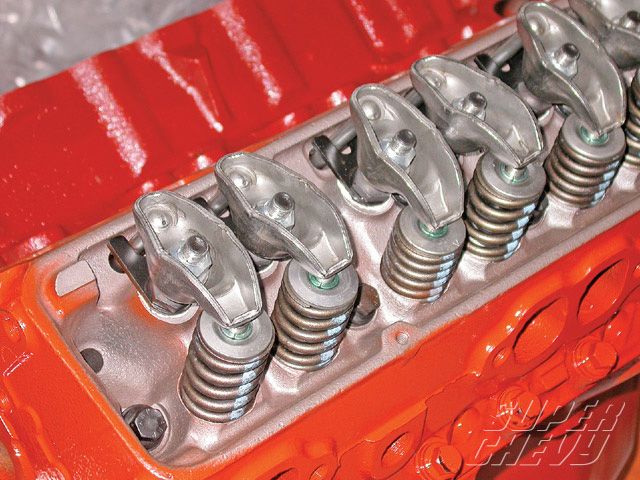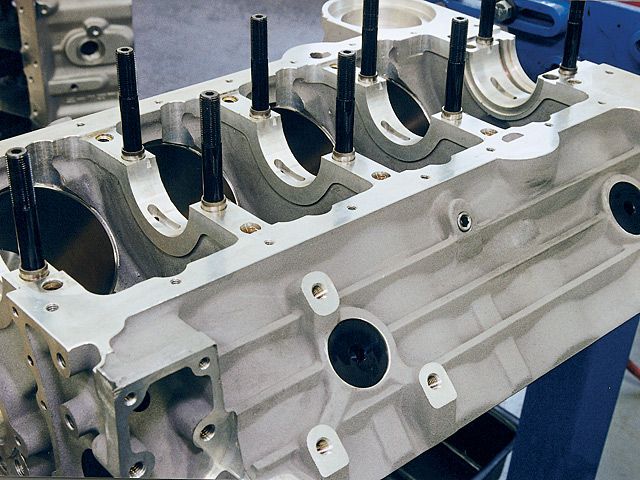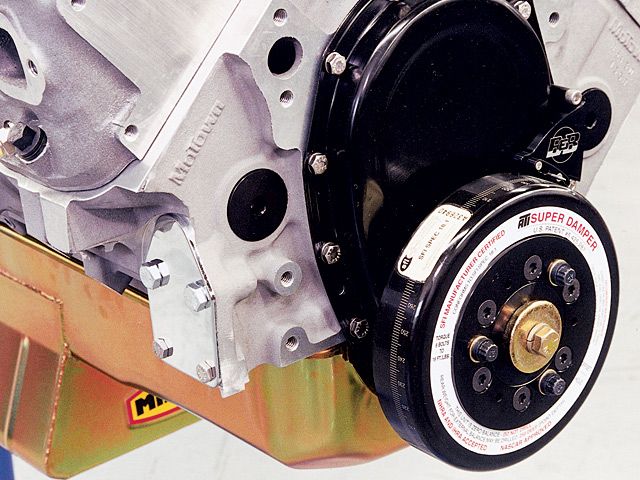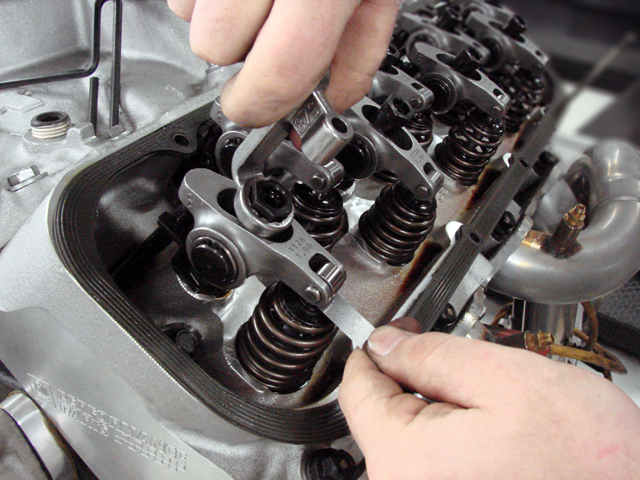Chevy Small Block Testing - Legendary Small-Block Shootout
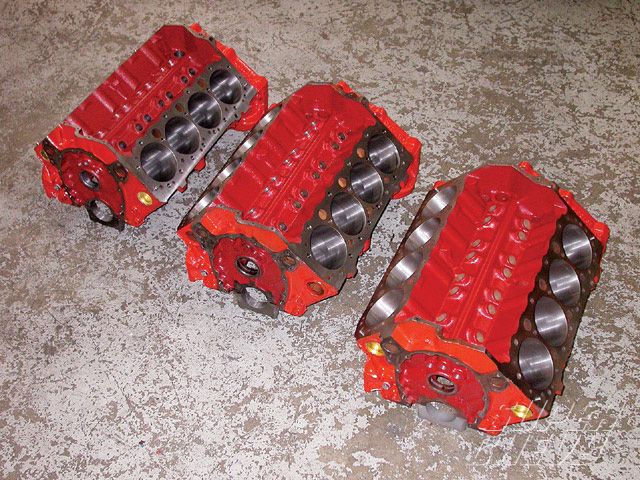
Before we could officially test these legends, we had to source three blocks. Our trio came from L&R Automotive in Sante Fe Springs, California.
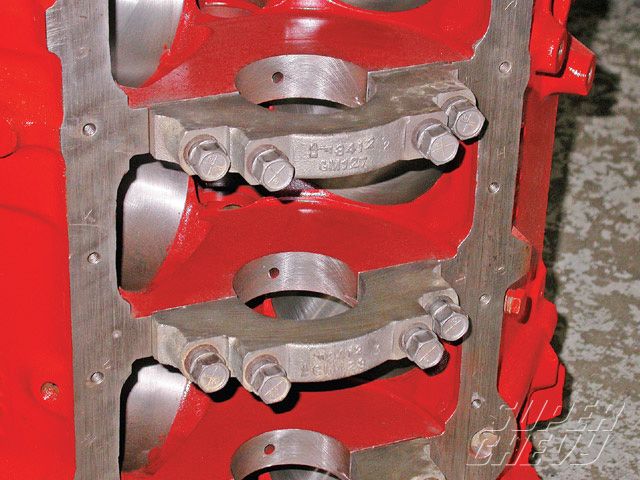
Though two-bolt blocks would be more than sufficient for these production motors, we were fortunate enough to locate three four-bolt blocks for our testing.
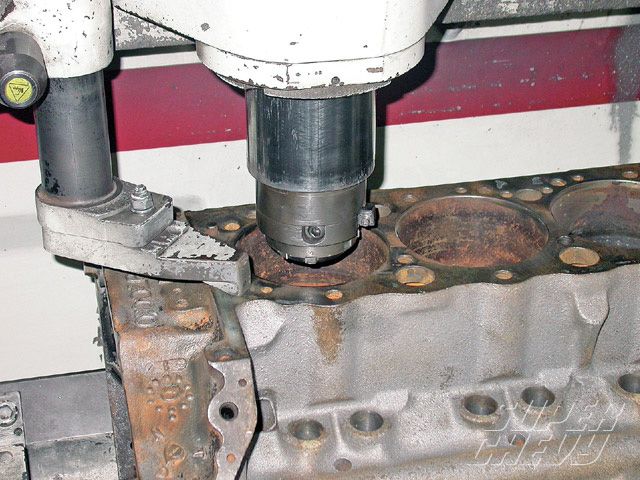
L&R performed all the necessary machine work to the blocks, including boring them 0.030-over before covering them in a solid coat of Chevy orange.
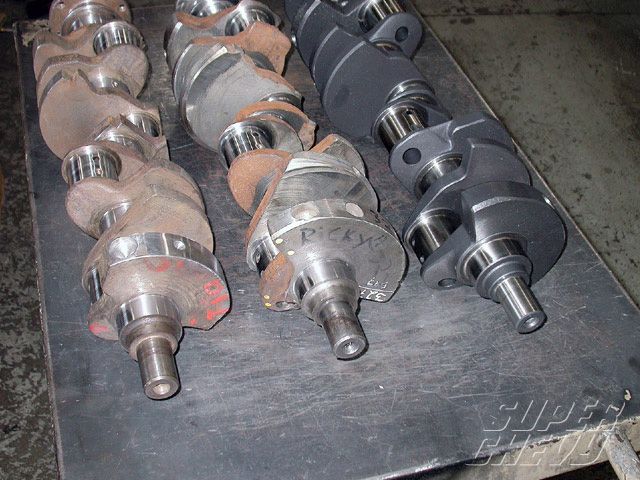
Each of the four-bolt blocks received a dedicated crankshaft. L&R supplied both a small-journal 283 steel crank (original large-journal DZ steel cranks were well out of the budget) and matching large-journal 327 cast crank. Pro Comp supplied a new forged steel 350 crank. The cast 327 crank was deemed plenty strong for our dyno testing and ran to 7,000 rpm with no problems.
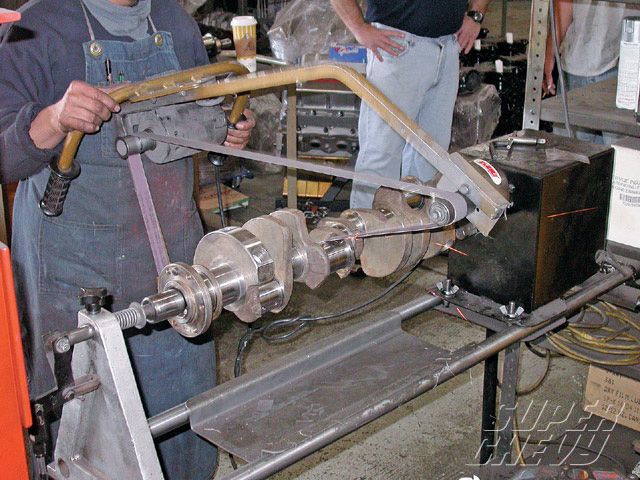
L&R gave the cranks a once over including polishing. Without its support this major project would be just another good idea.
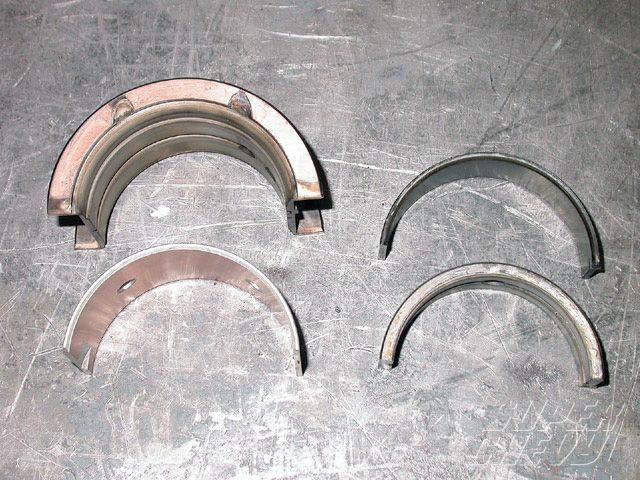
Installation the small-journal cranks in the large journal blocks was made possible with the use of Clevite spacer bearings (PN MS1110H). Clevite also supplied the standard bearings for the large-journal 350 crank from Pro Comp.
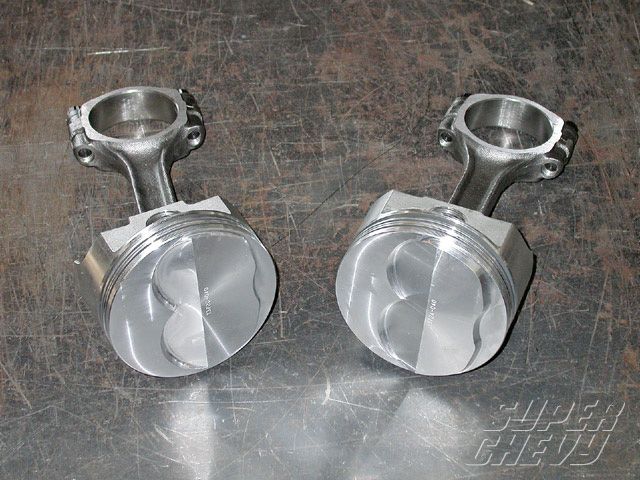
The pistons and rods for our legendary trio came from a variety of sources. All three sets of pistons came from Probe Racing, while Pro Comp supplied the forged rods for the 327 and 350.
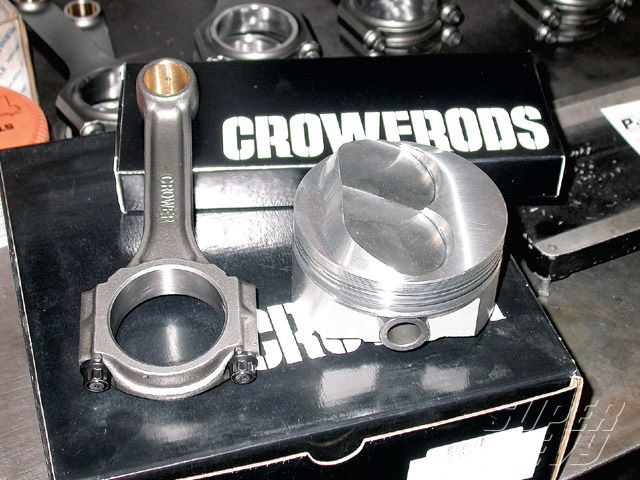
Crower came through with the small-journal rods for the 302. Due to the availability of pistons (specifically compression heights versus dome size), all three of the engines were run with 6.0-inch rods. While the factory motors all had 5.7-inch rods, this would have little to no effect on the power output.
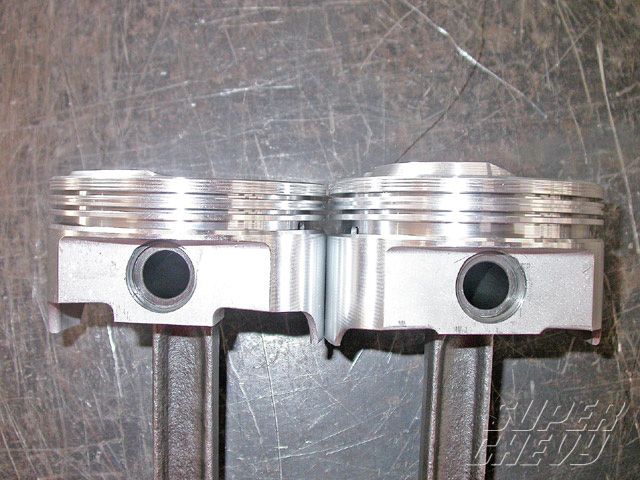
Since all three small-blocks came from the factory with 11.0:1 compression, the different displacements required different piston domes. The 302 required 12.5cc domes, the 327 just 7.5cc and the 350 produced the requisite 11.0:1 compression with 2.5cc domes.
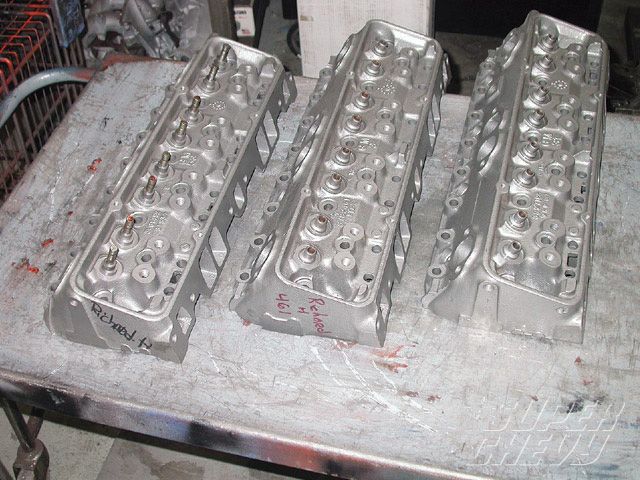
Naturally our new short-blocks required the proper head gear. Each small block received the requisite "fuelie" heads to ensure accurate data.
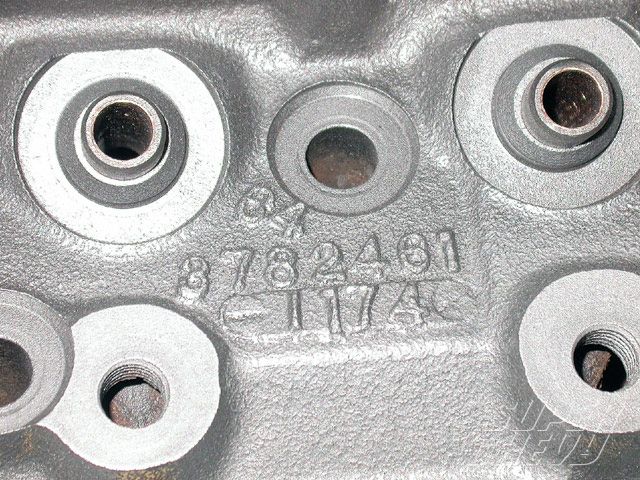
Even though the vast majority of so-called fuelie heads flow similar numbers, we actually went to the trouble of sourcing the proper casting numbers for each combination. The early 327 received 461 heads while the 302 and 350 received 186 and 492 castings, respectively.
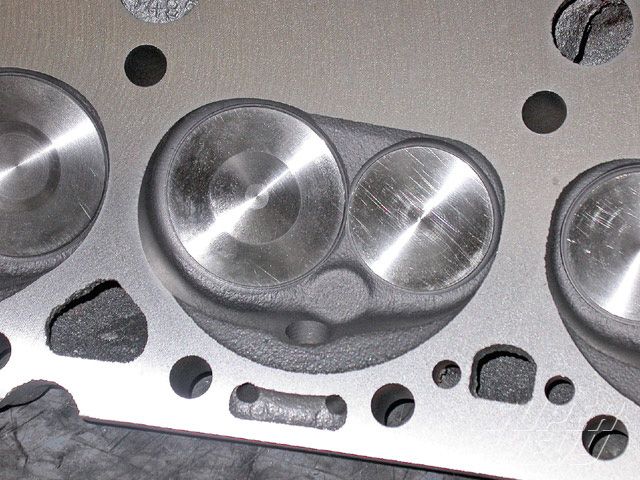
Each of the heads featured the small 64cc combustion chambers. We measured all of the chambers and found them to be all within 1cc of each other (all were very close to 62cc).
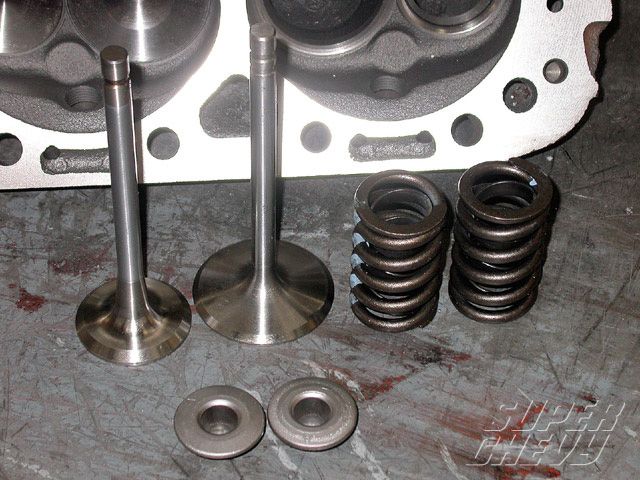
The heads all received new 2.02/1.60 stainless steel valves, valve springs (with 125-130 pounds of seat pressure) and factory retainers. Each head was given a factory-style valve job but no porting of any kind was employed to the otherwise stock castings.
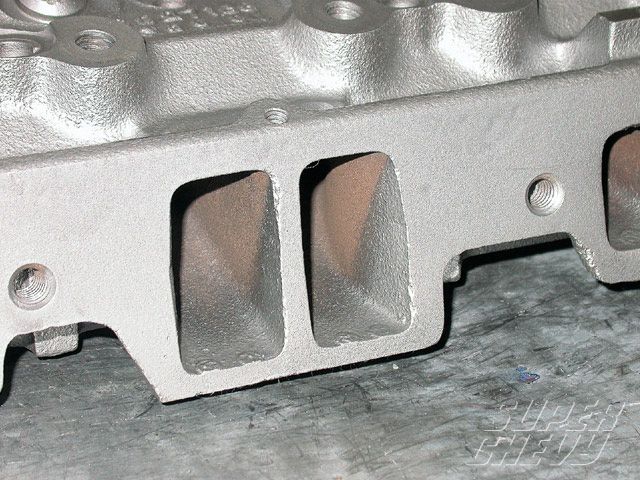
The flow rates for all of the heads are listed in the head flow data chart, but know that most big-valve performance (production) heads offer very similar flow numbers. There seems to be as much difference between two sets of heads of the same casting number as two set of different casting numbers.
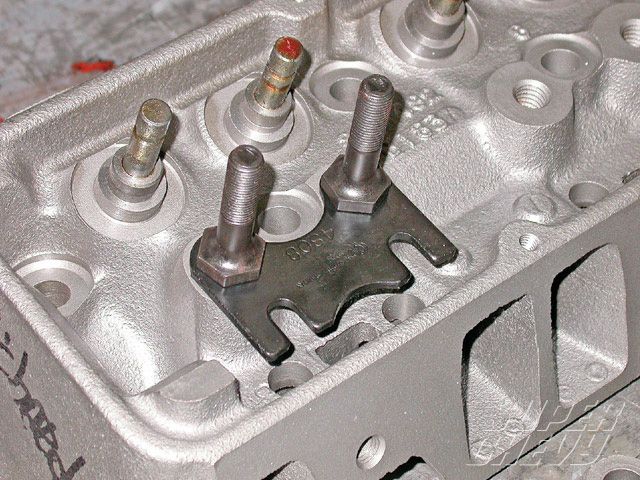
All heads received rocker studs and guide plates from Comp Cams along with hardened pushrods (7.8-inches in length).
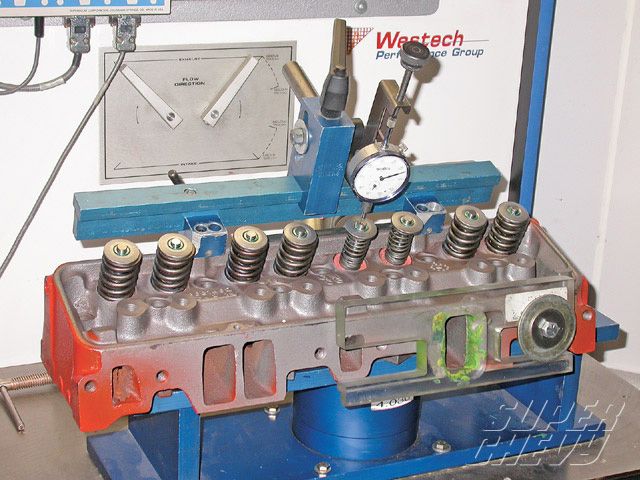
To ensure accurate data, all of the heads were flowed on the airflow bench. Testing revealed that what we thought was a set of as-cast 461 heads turned out to have ported exhaust ports (though cleverly disguised). Since we didn't have another set of 461 heads ready for testing, we ran the 327 with the 186 heads from the 302.
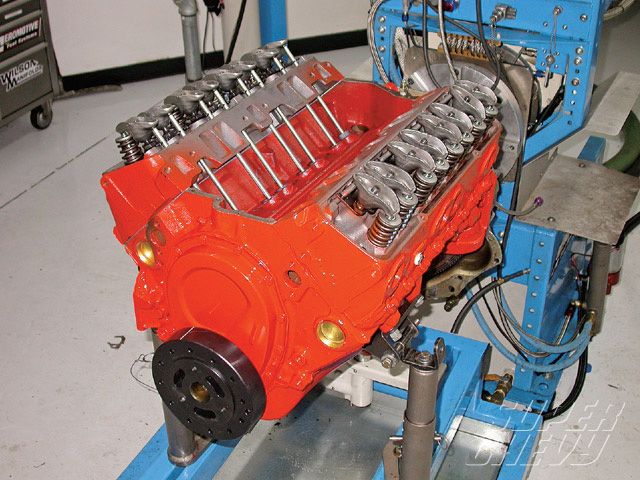
After flow testing, the heads were installed on the awaiting short block using the Pro Comp head gaskets and ARP head bolts.
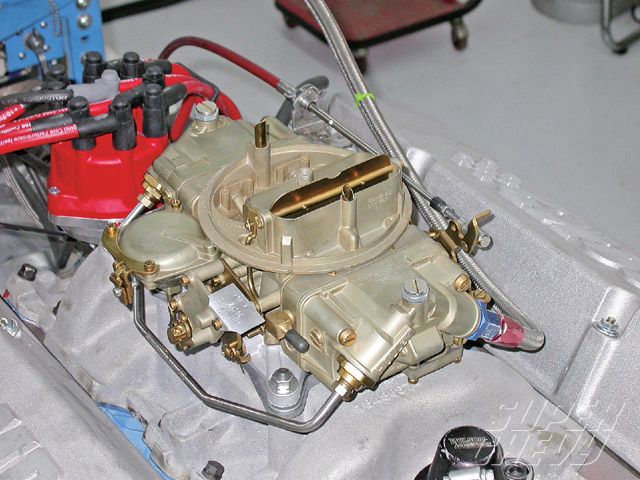
If you are looking for an original carb for your legendary small-block, look no further than Pony carburetors. It supplied this 780 Holley (3310) for the DZ302, but rather than ruin this numbers-matching carb by disassembling it for the necessary jetting and secondary spring (required due to the use of headers and lack of accessories), we opted to run a modern Holley 750 HP carb.
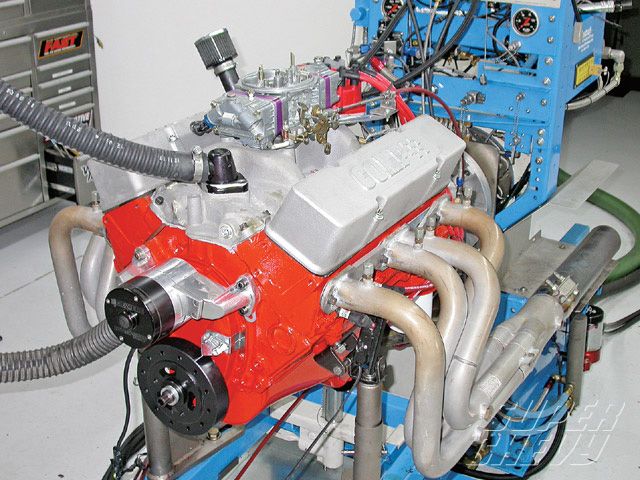
After installation of the MSD distributor, we ran the DZ302 in anger. Originally rated at 290hp, the 302 produced peak numbers of 357hp and 332 lb-ft of torque. Though the power peak occurred at 6,600 rpm, the motor pulled strong all the way to 7,000 rpm (and still producing 352hp).
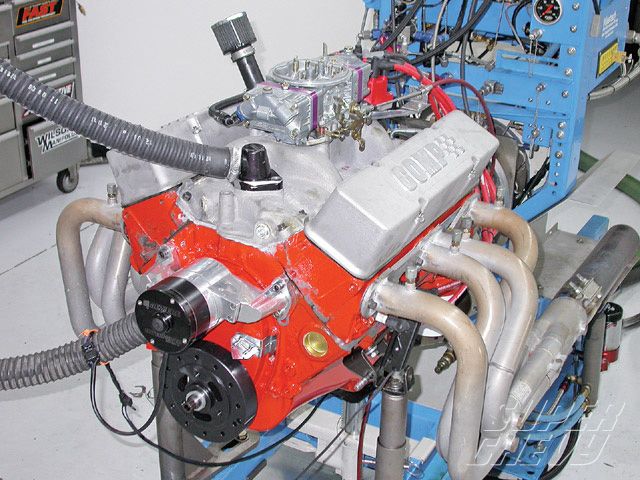
Next on the dyno was the L76 327. Rated at 365hp, the 11.0:1 327 actually produced 352hp. The larger displacement not only offered more torque (364 ft-lb vs 332 lb-ft for the 302), but reduced the respective power peak engine speeds compared to the smaller 302.
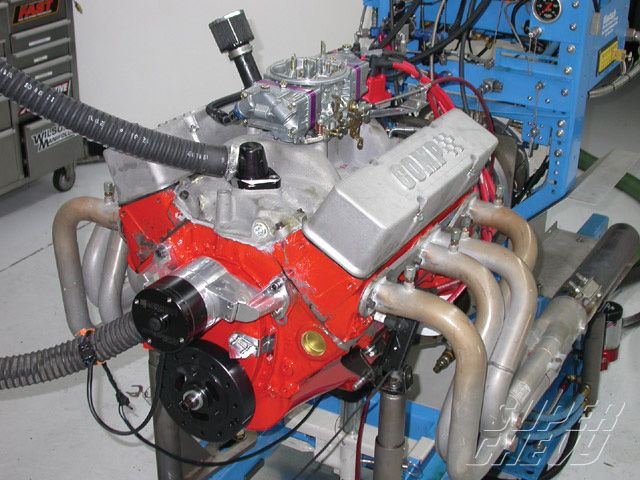
The final high-compression motor to be tested was the legendary LT-1. Rated at 370hp (360 in the Camaro), the LT-1 produced 353 hp and a whopping 392 lb-ft of torque. The milder cam profile combined with the increase in displacement dropped the engine speed where peak power occurred even further (compared to the 302 and 327). Compared to the 302, the peak torque dropped by 400 rpm while peak power occurred 1,200 rpm earlier. The LT-1 offered as much as 80 lb-ft of torque over the smaller 302 early in the rev range but out past 6,000 rpm, the smaller 302 carried the power curve to offer better power over both the 350 and the 327.
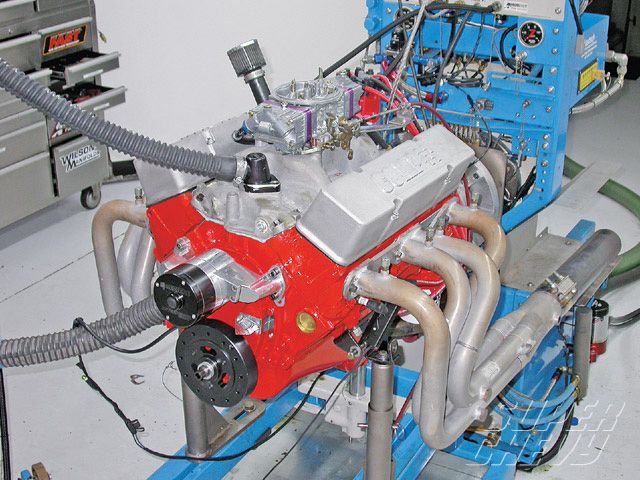
After installation of the large-chamber 487 heads, the now-'71 LT-1 was run on the dyno. The drop in compression took its toll on peak torque, as the 9.0:1 LT-1 produced 382 lb-ft, but the extra airflow offered by the 487 heads made itself known by allowing the smog motor to produce the highest peak power of any of our four test combinations. All hail the '71 LT-1 with 362hp.
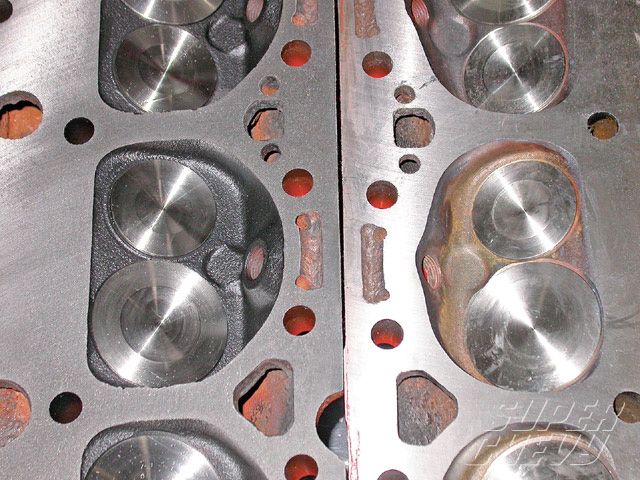
After installation of the large-chamber 487 heads, the now-'71 LT-1 was run on the dyno. The drop in compression took its toll on peak torque, as the 9.0:1 LT-1 produced 382 lb-ft, but the extra airflow offered by the 487 heads made itself known by allowing the smog motor to produce the highest peak power of any of our four test combinations. All hail the '71 LT-1 with 362hp.
